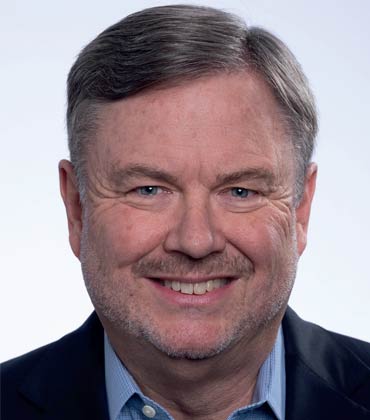But what if we could use this waste as a resource? For instance, the organic fraction of waste could be separated and transformed into biofuel, coal replacement, Renewable Natural Gas (RNG), a soil enrichment or building materials? However, a substantial portion of this, around 50 to 60 percent, still ends up in landfills. Merely targeting the food waste fraction overlooks valuable digestible materials that could contribute to methane production in landfills over time and exacerbate the existing environmental issues associated with traditional waste disposal methods. As a result, it is crucial to develop advanced waste-to-energy technologies to effectively reduce the amount of municipal solid waste ending up in landfills and minimize the environmental impact.
Enter WastAway, a pioneering green technology company that has developed innovative solutions to transform municipal solid waste into a safe, inert, and sterile carbon-rich sustainable engineered fuel called SE3™. It is homogeneous, pathogen-free and odor-free. Its renewable – negative carbon footprint – products include a soil enrichment additive; a proven, high-BTU coal replacement fuel for cement kilns, power plants, steel mills, pulp mills and other solid fuel users; biofuels through gasification and pyrolysis; renewable natural gas (RNG) through anaerobic digestion and building materials through extrusion processes.
“We take municipal solid waste as our initial feedstock, offering a solution for those seeking alternatives to landfills. Our technology stands as one of the few in the world capable of legitimately diverting 85 percent of waste from a typical waste stream into valuable and beneficial products,” said Mark Brown, CEO of WastAway.
The process begins with the extraction of municipal solid waste from curb side collection trucks. This involves sorting waste that has already undergone segregation by end-users in recycling programs. In regions lacking such programs, it handles the collected waste stream from street-side bins. The initial step in its operation is mixed recovery facilities (MRF), which entails extracting recyclables like ferrous metals, aluminum, non-ferrous metals, and polyethylene terephthalate (PET) plastics. These materials are then directed to local recycling centers or industries with corresponding markets.
We take municipal solid waste as our initial feedstock, offering a solution for those seeking alternatives to landfills. Our technology stands as one of the few in the world capable of legitimately diverting 85 percent of waste from a typical waste stream into valuable and beneficial products
A compelling example illustrating the transformative impact of WastAway’s technology is the case of Murfreesboro, Tennessee. The imminent closure of a regional landfill in Rutherford County due to capacity limits prompted the community to seek alternative waste disposal methods. Faced with the challenge of not wanting to burden another community with their waste, citizens and politicians were keen on finding a solution and collaborated with WastAway with an aim to sidestep traditional landfill methods to develop a plant that will divert 85 percent of waste from the landfill. A second plant under development in Bakersfield, California (Kern County) will also divert 85 percent of the city’s landfill into renewable biomass fuel.
The proposed facilities are designed to handle 400 tons of municipal solid waste daily, with an environmental impact equivalent to removing 96,000 automobiles from the road. This translates to an annual avoidance of 866 billion pounds of CO2, akin to planting 517,000 acres of forest land to promote oxygen production. Currently, the projects are undergoing final permitting procedures, with construction anticipated to commence before the year’s end.
WastAway’s ambitious plans extend beyond a singular project, with multiple initiatives in the pipeline. Its technology stands out as a preferred choice under the Inflation Reduction Act. This legislation offers federal investment tax credits, motivating several communities to race to meet federal deadlines and qualify for tax credits. In addition, the federal government and the EPA are actively encouraging the adoption of such technologies through various incentives. For instance, the renewable portfolio standard for transportation fuel, akin to the program supporting the ethanol industry, offers federal credits known as D3 RIN for the renewable natural gas produced by these facilities.
The company’s solution appeals to individuals seeking green energy alternatives and addresses the concerns of waste producers. It recognizes the reluctance of waste producers to have their waste picked through and selectively extracted for usable materials, only to have the majority end up in landfills. Its system effectively diverts a significant portion of material away from landfills, aiding waste suppliers in achieving their environmental and economic objectives. On the green energy front, its provision of solid fuel and renewable natural gas stands as a testament to its commitment to sustainability, positioning WastAway as a leading innovator in waste management and green energy solutions.
Thank you for Subscribing to Energy Business Review Weekly Brief
I agree We use cookies on this website to enhance your user experience. By clicking any link on this page you are giving your consent for us to set cookies. More info
